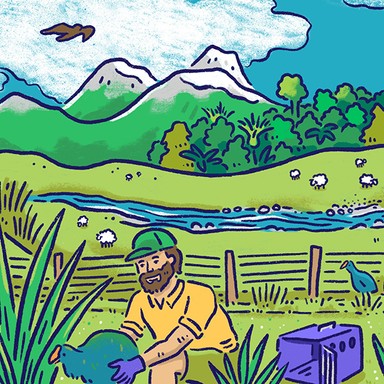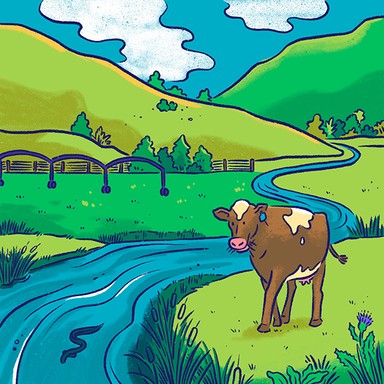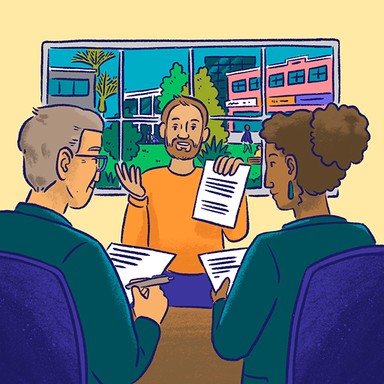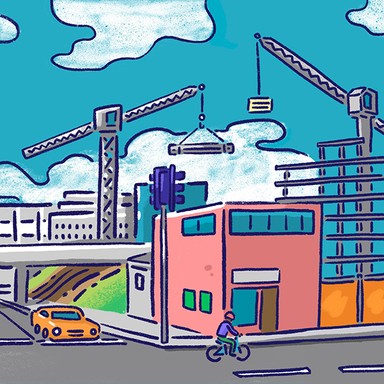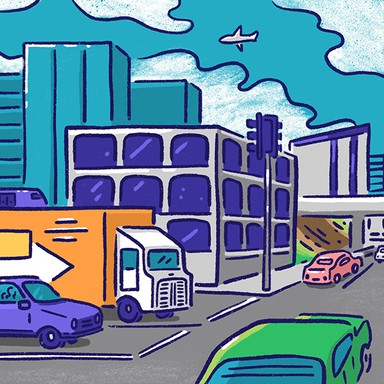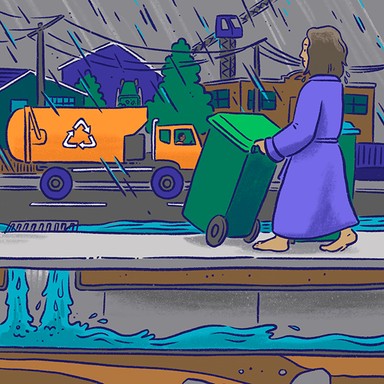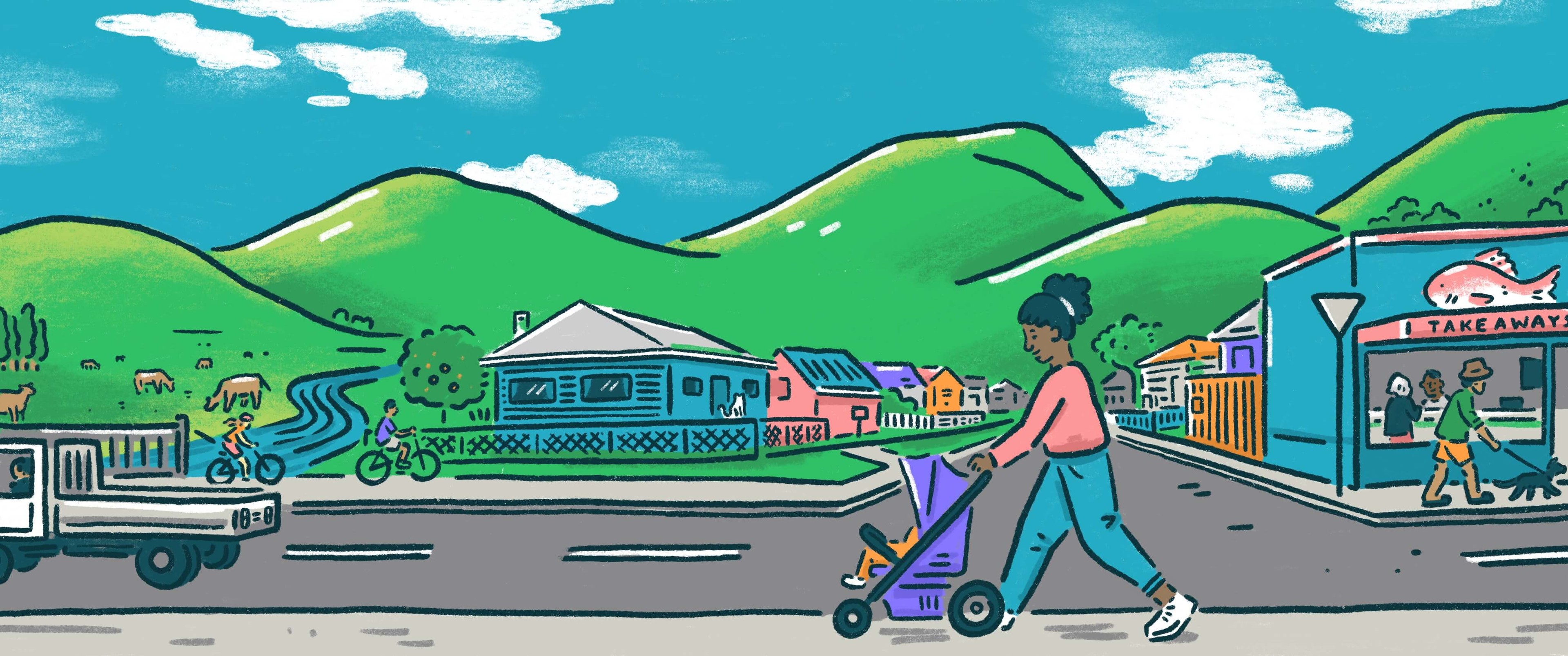
Tasman District Council
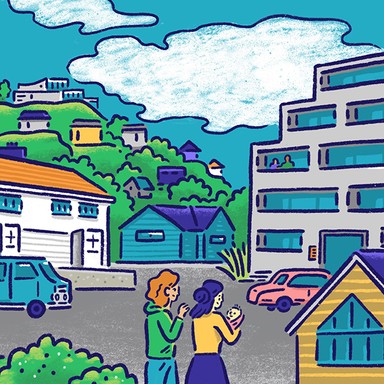
Housing and planning
Local councils are responsible for land use planning under the Resource Management Act, which affects where and how new houses are constructed, as well as the design of cities and towns. In some areas, councils also provide housing to those who need it most.

Housing and planning
Local councils are responsible for land use planning under the Resource Management Act, which affects where and how new houses are constructed, as well as the design of cities and towns. In some areas, councils also provide housing to those who need it most.
Commit to further brownfield development rather than using productive greenfield areas, so we keep our vital agricultural/horticultural land.
Establish continued work with non-government organisations to build more houses. Includes easier consenting or zoning process (subject to Resource Management Act reform).
Provide more community hubs, eg parks and recreational spaces in our future developments/expansion for people to enjoy or meet others.
Work with NZ Transport Agency, ministers, members of parliament, and the community to ease traffic conditions on State Highway 6, McShane Road and Lower Queen Street.
Work with Kāinga Ora, Habitat for Humanity, Nelson Tasman Housing Trust, iwi, and hapū to enable further development of housing.
Advocate to minimise urban sprawl and to prioritise well-designed, medium-density development.
Council has progressed a number of plan changes to ensure we have enough land zoned for housing.
In the Richmond area, we have progressed an intensification program to provide more housing.
We are working with Habitat for Humanity to provide more social housing in our district.
Tackle housing shortage and homelessness by supporting initiatives around land sharing, tiny homes and off-grid living.
Extend the Richmond high density area.
Introduce building and subdivision consent differentials for infill vs greenfield development.
Work with NGOs like ATHT and HforH to extend their reach, leverage council resources to improve social housing quality and quantity.
Implement changes to the Resource Management Act to make consent processes better.
Provide affordable housing for single people and increase housing stock in the community to provide for the housing needs of the community.
Make sure that developers provide green spaces and amenities such as space for schools, medical facilities and commercial hubs.
Commit to further brownfield development rather than using productive greenfield areas, so we keep our vital agricultural/horticultural land.
Establish continued work with non-government organisations to build more houses. Includes easier consenting or zoning process (subject to Resource Management Act reform).
Provide more community hubs, eg parks and recreational spaces in our future developments/expansion for people to enjoy or meet others.
Work with NZ Transport Agency, ministers, members of parliament, and the community to ease traffic conditions on State Highway 6, McShane Road and Lower Queen Street.
Work with Kāinga Ora, Habitat for Humanity, Nelson Tasman Housing Trust, iwi, and hapū to enable further development of housing.
Advocate to minimise urban sprawl and to prioritise well-designed, medium-density development.
Council has progressed a number of plan changes to ensure we have enough land zoned for housing.
In the Richmond area, we have progressed an intensification program to provide more housing.
We are working with Habitat for Humanity to provide more social housing in our district.
Tackle housing shortage and homelessness by supporting initiatives around land sharing, tiny homes and off-grid living.
Extend the Richmond high density area.
Introduce building and subdivision consent differentials for infill vs greenfield development.
Work with NGOs like ATHT and HforH to extend their reach, leverage council resources to improve social housing quality and quantity.
Implement changes to the Resource Management Act to make consent processes better.
Provide affordable housing for single people and increase housing stock in the community to provide for the housing needs of the community.
Make sure that developers provide green spaces and amenities such as space for schools, medical facilities and commercial hubs.
Mayor
Compare the mayoral candidates in your area
Local council
Compare the candidates for your city or district council
Regional council
Compare the candidates for your regional council
Local board
Compare the candidates for your local or community board

